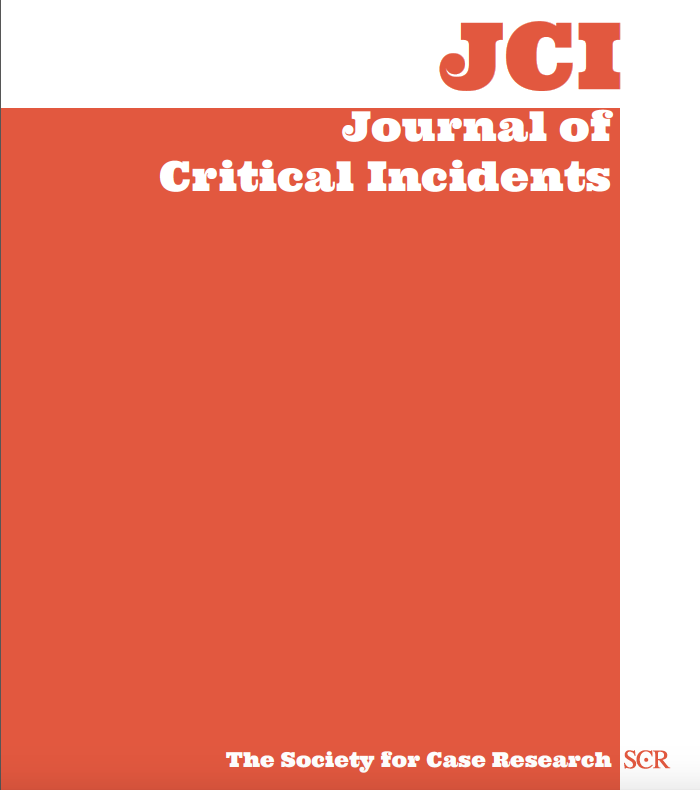The Cook County Soda Tax: Unintended Consequences of Consumers’ Behavior

Matt Smith, a college student who lived at home in Cook County, took charge of family grocery shopping as a result of the Sweetened Beverage Tax Ordinance passed by the County Board on November 10, 2016. The “Soda Tax,” proposed to close a multimillion-dollar budget gap, charged one penny per ounce on every sugary drink sold in retail stores and restaurants. Less widely publicized, the tax attempted to reduce obesity among citizens. Stores were required to register and faced stiff fines for each offense of not taxing customers. Because Matt attended college and worked in neighboring DuPage County, he could buy sweetened beverages without having to pay the tax. In the process, this previously low involvement purchase became a high involvement purchase, and Matt became integral in the household decision-making process. Additionally, Matt noticed other consumer behavior modifications because of this new city government policy and its resulting unintended consequences.
In completing this assignment, students should be able to:
1. Critique the unintended consequences of government policies that affect consumer purchase behavior
2. Understand the link between the field of consumer behavior, regulatory policy and creating informed individuals
3. Evaluate high vs. low involvement consumer purchasing habits
4. Evaluate roles in the household decision-making process and subsequent purchase outcomes
Application
This case is most appropriate for government, public policy, principles of economics, and consumer behavior classes. It was tested with upperclassmen in consumer behavior courses.
